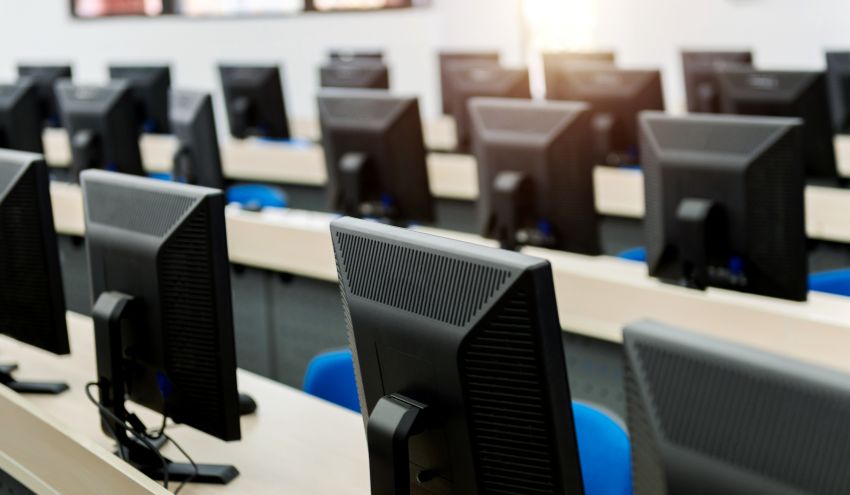
Evergreen State College transformed a significant budget crisis and student protests over reduced lab hours into an opportunity for innovative, data-driven IT leadership.
By adopting Sassafras, Evergreen gained granular, hourly insights into real-world lab usage, validating student concerns while also identifying periods of inactivity for informed decision-making.
This data led to optimized lab hours, decreased operational costs and allowed the college to strategically manage resources, maximize asset utilization and support budget optimization.
When Evergreen State College lost 43% of its state funding, the institution faced a stark challenge: how to maintain academic excellence while dramatically cutting operational costs. For the IT department, this meant making hard decisions about where to pull back without disrupting student access to critical computing resources.
For years, Evergreen had maintained generous lab hours, including 24/7 availability in some locations. This approach aligned with the college’s open-access philosophy, but in the face of budget shortfalls, it became unsustainable. Reducing lab hours offered a clear cost-saving opportunity. But the change triggered backlash.
After the IT team implemented reduced hours, students responded with protests, refusing to leave computer labs after closing times. They argued that the new schedule cut into essential study time which particularly impacted students who lacked personal devices or internet access at home. The protests highlighted a tension between fiscal responsibility and student equity.
To resolve the standoff, Evergreen’s IT leadership realized they needed objective, irrefutable data. That’s when they turned to Sassafras, a robust IT Asset Management and Software Asset Management solution, to get the analysis required.
With Sassafras, the college gained the ability to track real-world lab usage at an hourly level across all machines. By applying custom Time Sets to “Histogram Login” reports, IT staff could quickly analyze patterns, allowing them to identify when computers were truly in use and correlate usage with location, time of day, and even the specific software accessed.
This historical and real-time insight proved invaluable. It validated some of the students’ concerns, showing high demand in certain evening time slots, but it also exposed long periods of inactivity where labs could be closed with minimal impact. Armed with this data, Evergreen was able to engage students in a collaborative dialogue, revising lab schedules to better align with true demand.
Armed with historical and real-time insight, Evergreen was able to engage students in a collaborative dialogue, revising lab schedules to better align with true demand.
Effective lab equipment management is essential for institutions and organizations that rely on computing labs, research facilities, or technology-rich learning environments. Whether in higher education, corporate training centers, or technical schools, maintaining visibility and control over lab equipment ensures that critical assets remain available, efficient, and cost-effective.
At its core, lab equipment management refers to the processes and systems used to monitor, maintain, allocate, and optimize physical computing resources, such as desktops, laptops, monitors, printers, specialized peripherals, and even networked lab infrastructure. It goes far beyond basic inventory tracking; it’s about making data-driven decisions that align equipment availability with user demand, academic scheduling, and long-term strategic goals.
What began as a crisis evolved into an opportunity. In the face of budget pressure, Evergreen State College didn’t just survive, they built a model for responsible, responsive IT leadership that other institutions can follow.
Evergreen’s success story is about more than saving money, it’s about making smarter decisions that align with real-world needs. By using Sassafras to bring clarity to resource usage, the IT team avoided unnecessary cuts, preserved equity, and improved overall service delivery.